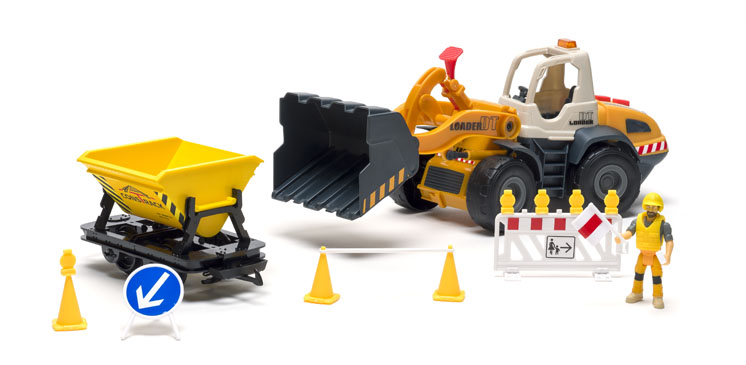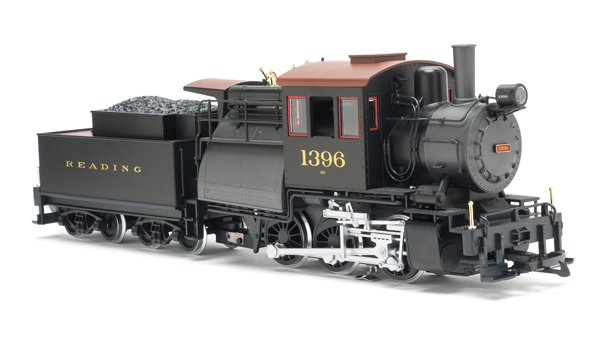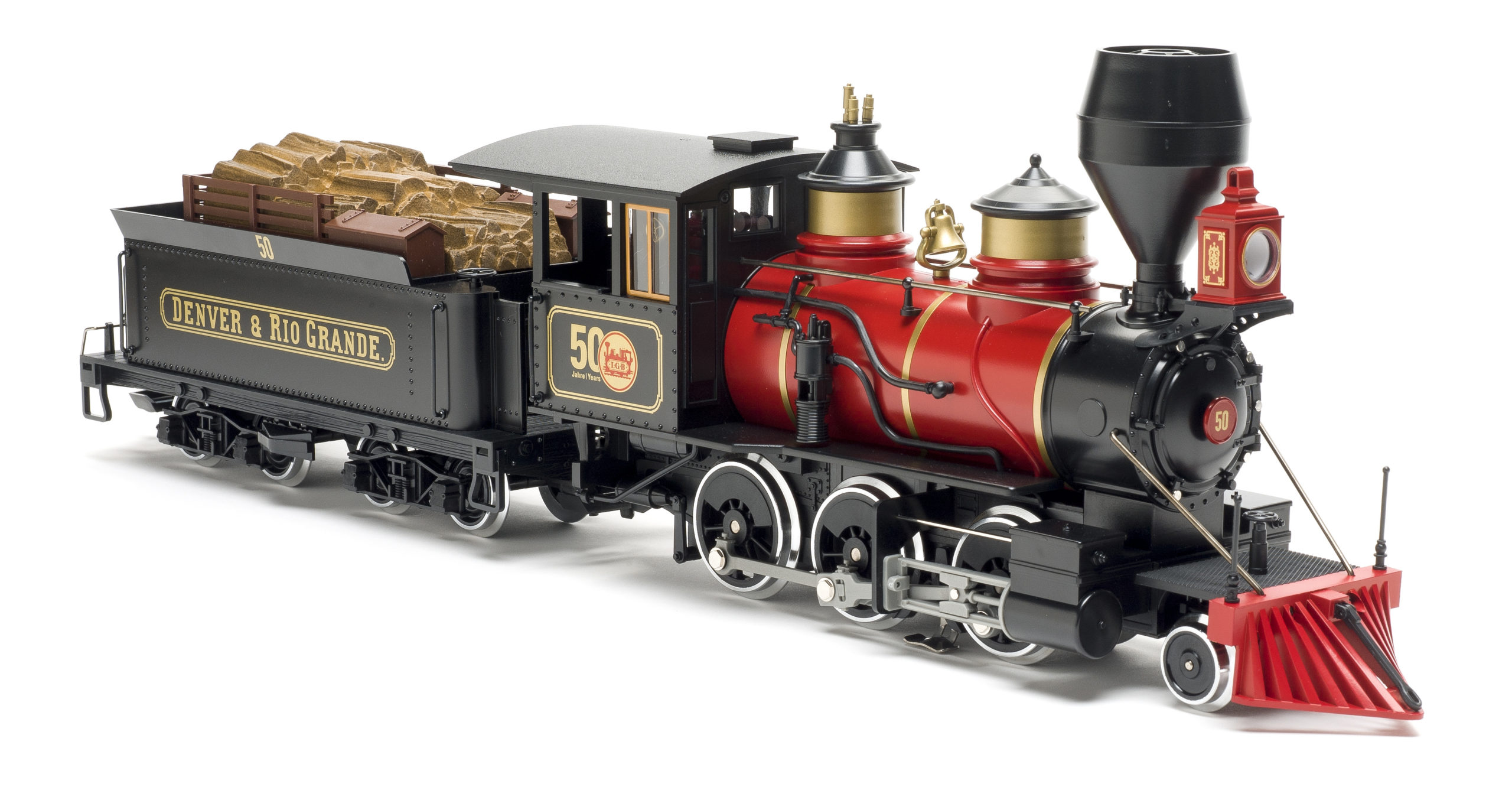Crest Electronics
The Noble Building, Rm. 230
32 Noble St.
Newark NJ 07114
Price: MSRP, $250
Website: www.crest-electronics.net
High-current capable (15 amps), sound and control receiver for use either onboard or as a trackside controller for track power. Dimensions: 11/4″ tall, 3″ wide, 41/2″ long]
Pros: Able to handle large current draw; easy to program; sound included
Cons: No connections for directional headlights; review sample went into overload when direction was changed while locomotive was moving (see text); no documentation supplied
According to the company’s website, this new receiver is designed to be used in one of two ways. First, it’s a trackside controller, allowing you to use it as a wireless “traditional” analog throttle, providing variable voltage your track. Second, it can also operate as a high-current capable, onboard, wireless R/C receiver, allowing you to control a group of locomotives wired together as one unit. There are some limitations to this second application as compared to the earlier version of this board.
The receiver works with voltages ranging from 12 to 25 volts (typical for large-scale operations), and is rated at 15 amps. As this unit is designed to control only one track at a time, a 15-amp capacity should prove more than adequate for most trains running on one track. If your run trains at the high end of the current spectrum, Crest recommends putting a cooling fan (#CRE55499) on top of the unit to keep it cool. The output of the unit is pulse-width modulated (PWM). If you have installations where a filtered-DC throttle output was needed, Crest sells a PWM linear-filter converter (#CRE57091).
I reviewed the original “super receiver” a few years back, so I was eager to see how this one compared. The most noticeable visual difference is that, unlike the previous version, this one comes in a plastic case that protects the PC board—a definite improvement over the last version. Because of that, it’s a bit larger than its predecessor but it can be removed from the case for on-board installations if space is tight.
The controller has screw terminals on one side for input power (DC) and output to the track/motor. There are three screws on the output but only the outer ones are used. I don’t know why that is but at least they’re labeled. The input is polarity sensitive but is also labeled. Also, if you get the power “backward,” you’ll not harm anything—it just won’t work.
On the other end of the box are much smaller socket connections for various things. There’s a socket for an external linking button (useful in onboard installations); a chuff trigger switch for synchronizing the steam chuff on the steam-sound-equipped version; and the six-function accessory harness that can trigger sounds from third-party sound systems, smoke units, or lights. If you are controlling smoke units or incandescent bulbs, you’ll need Aristo-Craft’s smoke-unit control board (#CRE57073), as the current draw would be too great otherwise. LED lights are no problem. There’s also a speaker connection for the built-in sound.
What’s missing is a means of connecting headlights to the receiver, as you can on the smaller boards (and earlier version of this one). I’m sorry to see that functionality disappear. You can still wire headlights to the six function outputs, but automatic directional control of lights is not an option.
I tested the receiver in both environments—trackside and onboard. For the trackside tests, I took the receiver to the Colorado Railroad Museum to run on one of the track-powerred loops of the Denver Garden Railway Society’s railway there. Installation was simple, since the club railway was already set up for the older-style Train Engineers. I merely swapped the old for the new.
The range was great. With the receiver in the clubhouse, I found I could wander around the museum grounds and, as long as nothing major was in the way between the transmitter and receiver, I could get away 150′ or more and still have control. Motor control was as good, as I’ve come to expect from the Revolution receivers.
One thing I noticed on this particular one is that the response time on the “stop” button is affected by the momentum setting. If you don’t have any momentum dialed in and you hit the “stop” button, the locomotive stops fairly quickly (though not immediately, which will save the gears). If you have high amounts of momentum dialed in, you’ll notice that it takes a little longer for the train to come to a stop. It’s still faster than just slowing the throttle to “0” but it does take a little longer than if you have no momentum dialed in—about five seconds or so at 50% momentum.
I did find one glitch with the sample sent for review. When I tried to change directions without first stopping the locomotive, the locomotive would slow to a stop as intended but the transmitter would show then “Overload” and the locomotive would not accelerate in the opposite direction. The online instructions (none are actually included with the unit) indicate that quickly pressing the “all stop” (zero) key clears the overload shutdown. I did that, and the locomotive took off as desired. I called Crest about this and was told this was a problem only with my review sample and that they would repair or replace it for me.
Speaking of overload protection, the board does not have any kind of fuse protecting it; it just shuts itself down quickly in the event of a short or overload. (Again, quickly pressing the “all stop” button resets the receiver once the short has been dealt with.) Being a belt-and-suspenders kind of guy, though, I’d be tempted to install a 15-amp fuse between the power supply and the receiver as cheap insurance.
In the onboard test installation, I found the unit’s performance identical to the trackside installation in terms of range and motor control. If you’re going to use this receiver in an onboard installation, make sure you select “Onboard” as the receiver type. That’s the only way you’ll get the menu settings to program the auxiliary functions. I found no operational differences between “Onboard” and “Base station” in terms of performance.
Aristo-Craft’s trackside “Train Engineer” has long been a popular way to get wireless, walkaround control to track-powered railroads. Crest’s latest version of this throttle carries on that tradition. I wish it retained the lighting-control capability of its smaller counterparts and predecessor. I get the sense that this particular board has been tailored more specifically for the trackside market or for those looking for a simple way to build a trailing car with sound that can feed motor voltage forward to whatever locomotive (or locomotives) they may want to run. For those installations, it’s well suited and everything we’ve come to expect from the Train Engineer line of throttles.














